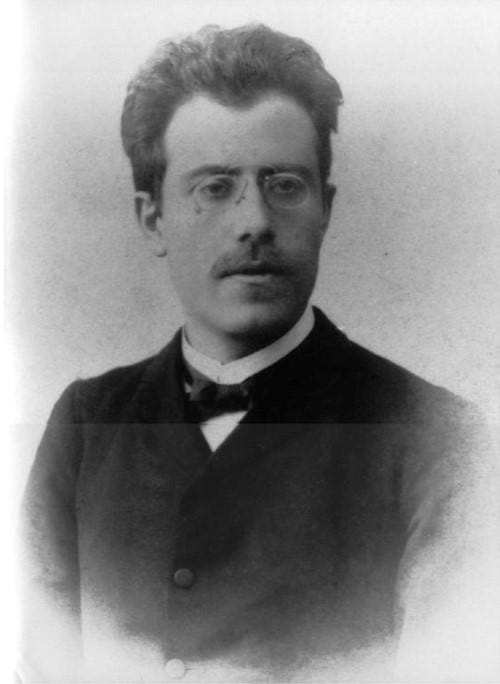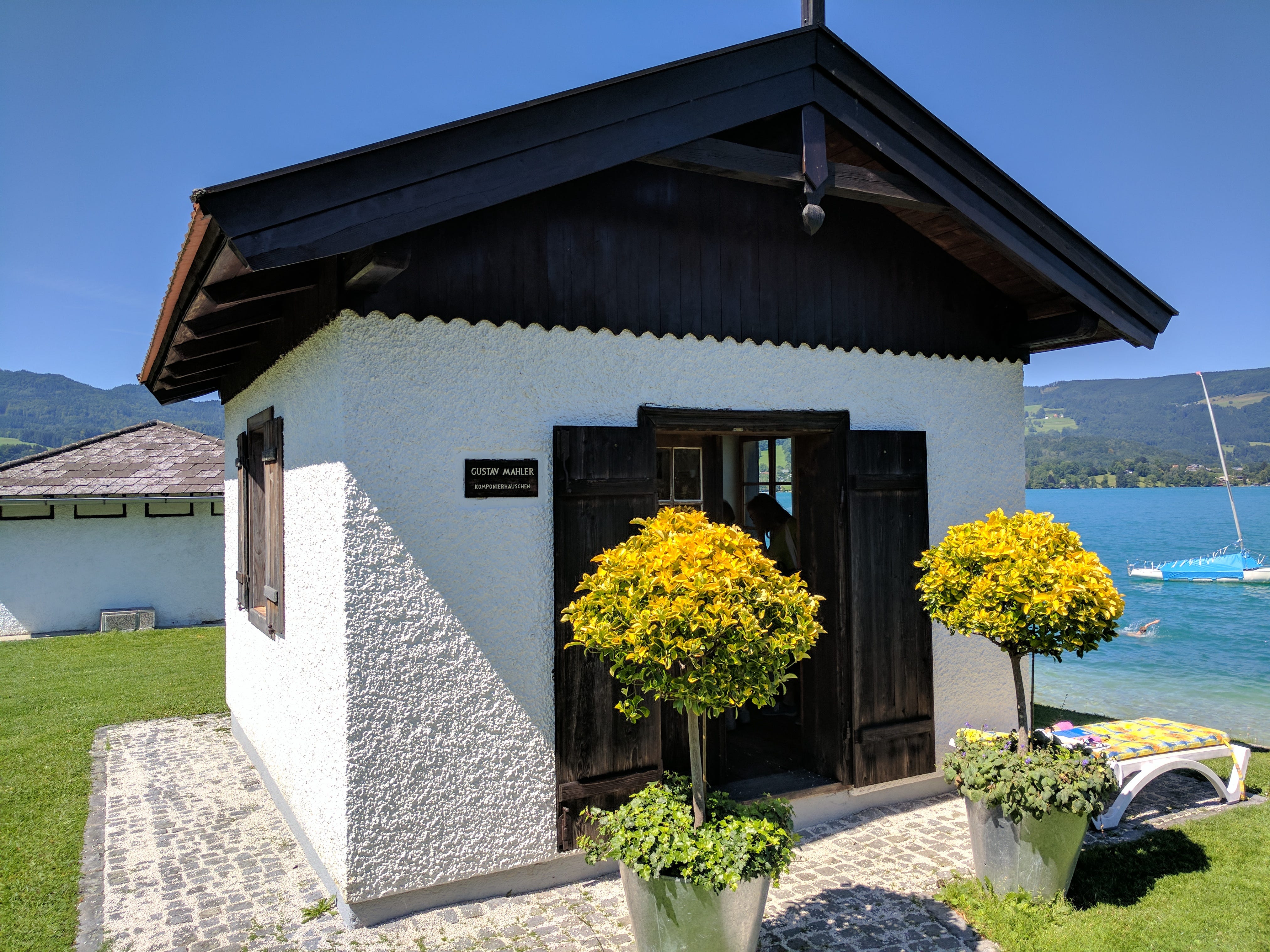
Mahler began sketching ideas for his second symphony almost directly after finishing his first symphony in 1888. He quickly finished the first movement, which he titled, Todtenfeier (Funeral Ceremony), after the title to a German translation of the Polish epic poem, Dziady, written by Adam Mickiewicz. It is worth noting that this poem was considered by many to be one of the greatest works of European Romanticism, on par with Goethe’s Faust and Byron’s Manfred. It would take him another five years to finish the symphony.

During the summer of 1893, Mahler and his family were spending their summer on the shores of the Attersee in a tiny inn. During those intervening years, Mahler had quickly ascended the ranks from provincial conductor to the General Music Director of Hamburg Opera, and until this summer he also had left no time for composition. The music flowed from him and he was able to complete the second, third, and fourth movements. He added the fifth movement, Urlicht, a song from his collection of songs titled, Das Knaben Wunderhorn (The Youth’s Magic Horn) that he had completed the previous winter while in Hamburg.
Urlicht O Röschen rot! Der Mensch liegt in größter Not! Der Mensch liegt in größter Pein! Je lieber möcht’ ich im Himmel sein. Da kam ich auf einen breiten Weg: Da kam ein Engelein und wollt’ mich abweisen. Ach nein! Ich ließ mich nicht abweisen! Ich bin von Gott und will wieder zu Gott! Der liebe Gott wird mir ein Lichtchen geben, Wird leuchten mir bis in das ewig selig Leben!
Primeval Light O little red rose! Man lies in greatest need! Man lies in greatest pain! How I would rather be in heaven. There came I upon a broad path when came a little angel and wanted to turn me away. Ah no! I would not let myself be turned away! I am from God and shall return to God! The loving God will grant me a little light, Which will light me into that eternal blissful life!
A final last movement eluded him until, in February 1894, Mahler attended the funeral of the great conductor Hans von Bülow. At the funeral Mahler heard a setting of the German poet, Friedrich Gottlieb Klopstock’s, Die Auferstehung (The Resurrection), written in 1758. He would later describe the shock of hearing it,
‘Then the choir, in the organ-loft, sang Klopstock’s Resurrection chorale. It was like a flash of lightning, and everything became plain and clear in my mind! […] It is always the same with me: only when I experience something do I “compose”, and only when composing do I experience anything!’
He immediately wrote down some sketches directly after the funeral and finished the finale in its entirety during his summer holidays of 1894. The premiere of the complete symphony took place in Berlin with Mahler conducting, December 13, 1895.
Here are my favorite performances.
